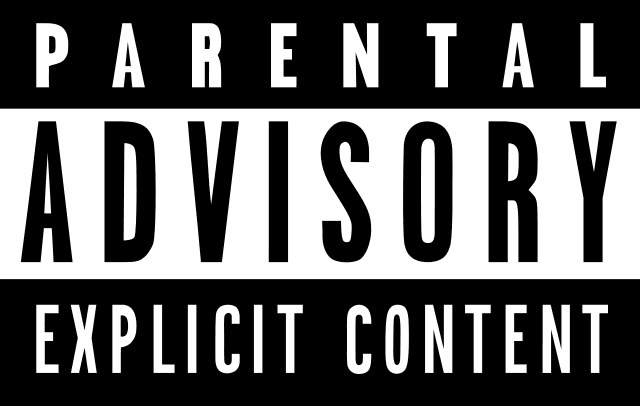Continued from Part 4, read part 4 by clicking here.
Any concerns with respect to the content of films after certification may be addressed using the well accepted contemporary social standards test.[12] In other words, a film’s contents must be assessed based on today’s social context, norms and standards. The test must therefore assess a film from the stand point of today’s spectator, and not a spectator of the last century.
Intelligent, Informed Spectator
The contemporary spectator, whose disposition is fast changing is an Intelligent, Informed Spectator with a Circumspect Mind. Unlike earlier, she/he is not an Innocent Spectator with a Gullible Mind, who can be influenced easily. The mind of today’s spectator is continuously jumping from thought to thought, is always distracted, and accesses several sources of entertainment other than films, social media being the primary source. When seen through the eyes of this spectator, film content and expression will have limited or insignificant impact on the mind, if any, when compared with the spectator of the earlier Century. A film must merit any sort of restraint or restriction only if it can impact such a spectator and such impact is against national security, sovereignty, public order, decency, morality and other permissible restrictions under the Constitution.
The process of assessment for censorship may include the following steps and questions:
Step 1: Assessment of whether the theme of the film is against sovereignty, integrity, morality, public order and so on when viewed through the eyes of the intelligent, informed spectator with a circumspect mind?
If yes, the film may be the subject of further analysis.
Step 2: If No, whether any scene of the film is against public order, morality, decency, sovereignty, etc., when seen through the eyes of the intelligent, informed spectator with a circumspect mind?
If yes, the film may be subject of further analysis.
Step 3: If yes, in step 1 or step 2, whether the film content requires restraint in the light of contemporary standards of the society?
Step 4: If yes, whether restraining public exhibition of the film amounts to unreasonable restriction of freedom of speech and expression?
If no, the film may be restrained from public exhibition, else, it must not be the subject of restraint.
The four step process must be applied stringently, and credence must be given to film expression unless a clear and convincing case for restrictions that are reasonable is made out. Film expression must be the norm, and restraint, an exception, a very narrow, rare exception to be determined by the Courts, not CBFC. Free speech and expression is the very essence of democracy, and it must always prevail over restraint except under extraneous circumstances.
Talking about the role of freedom of expression in a democracy, the Supreme Court[13] stated as follows:
“The democracy is a government by the people via open discussion. The democratic form of government itself demands its citizens an active and intelligent participation in the affairs of the community. The public discussion with people’s participation is a basic feature and a rational process of democracy which distinguishes it from all other forms of government. The democracy can neither work nor prosper unless people go out to share their views. The truth is that public discussion on issues relating to administration has positive value. What Walter Lippman said in another context is relevant here:
When men act on the principle of intelligence, they go out to find the facts…. When they ignore it, they go inside themselves and find out what is there. They elaborate their prejudice instead of increasing their knowledge.”
Free speech is integral to democracy, and it cannot be allowed to be held hostage by prejudice. Viewing a film through the eyes of the old, outdated spectator would be falling prey to irrationality, bias and prejudice, and will not amount to an intelligent review of facts, which must be avoided under all circumstances.
Authored by Dr. Kalyan C. Kankanala, Senior Partner and Chief IP Attorney, Banana IP Counsels. The author can be reached at kalyan@bananaip.com
References
[12] J.V.Salunke,PA Judgment-WPL.1529.2016.doc; AIR 1965 SC 881
[13] S. Rangarajan Etc vs P. Jagjivan Ram, 1989 SCR (2) 204, 1989 SCC (2) 574
Featured image is in Public Domain



